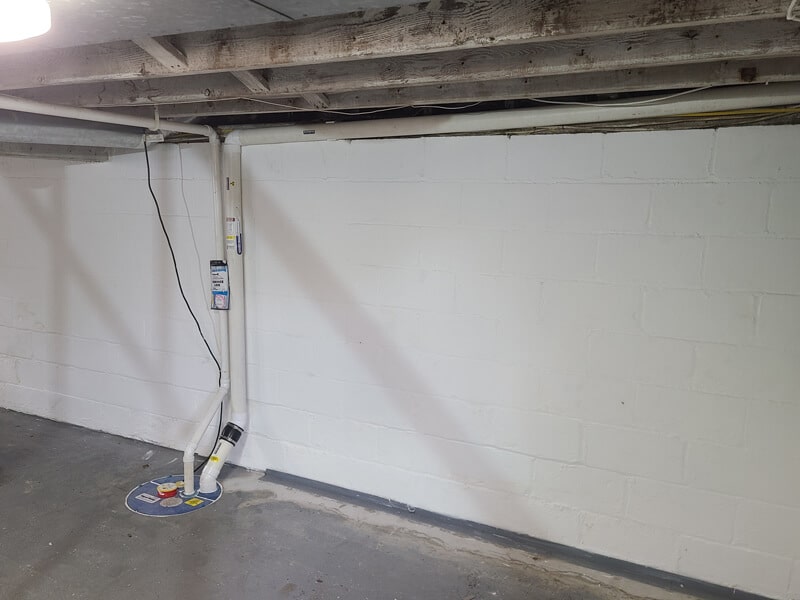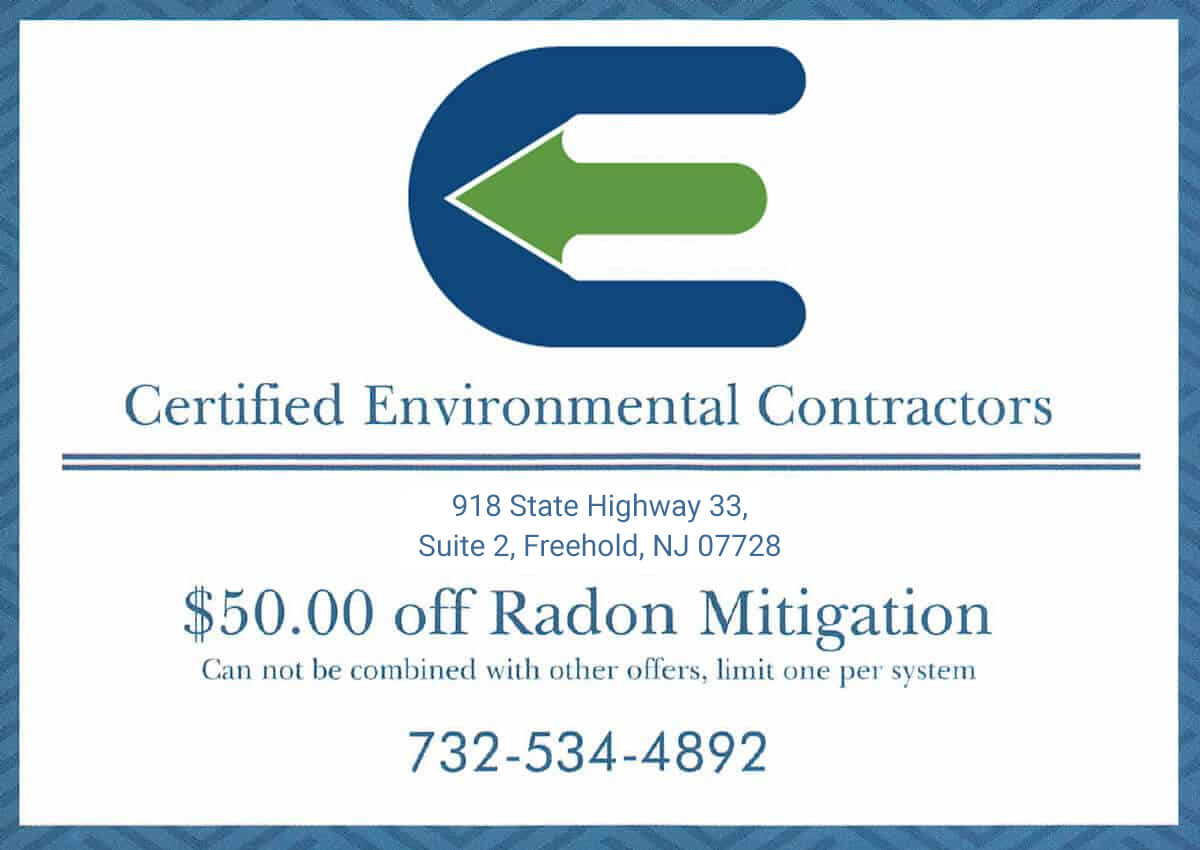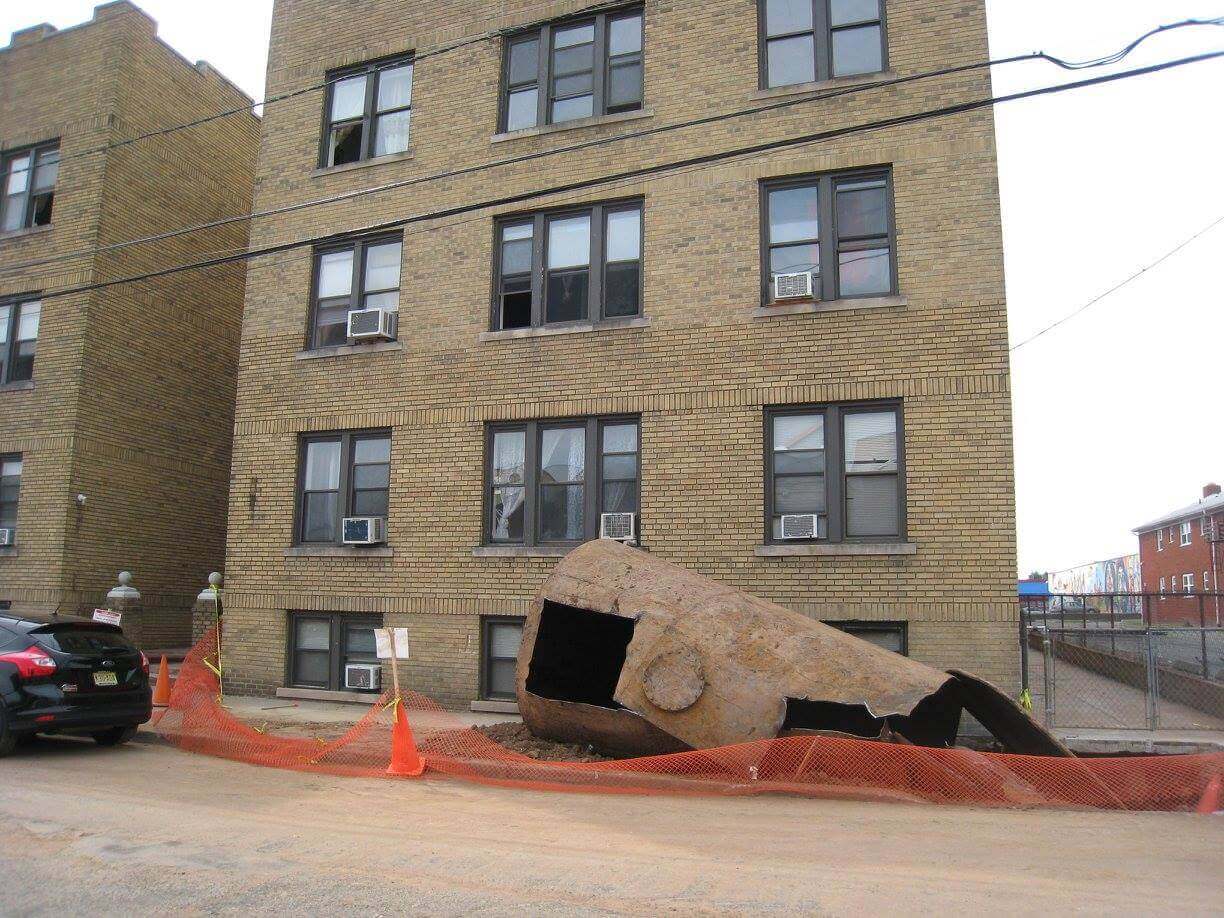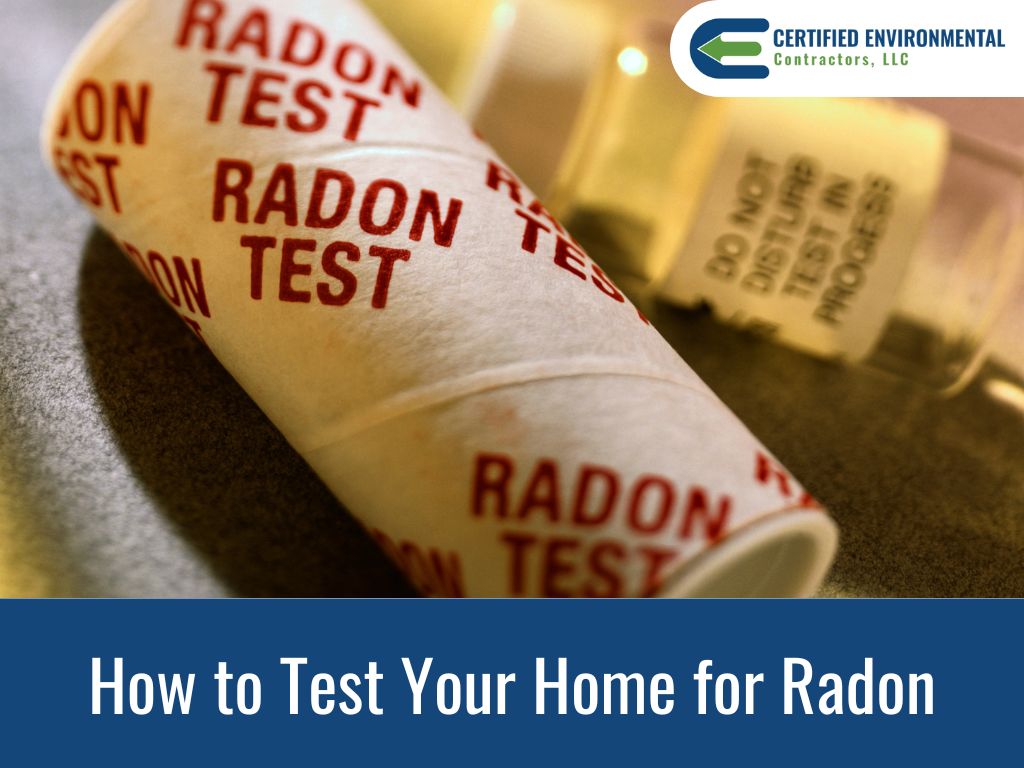We Will Beat Any Competitor’s Written Estimate for Radon Testing!
Why Test for Radon in Your Building?
The short truth of it is that testing for radon is affordable and simple – but it could save someone’s life. Professional testing is the only way to learn if you have dangerous, radioactive gases infiltrating your building and potentially harming those insides.
We strongly recommend that all homeowners, business owners, and commercial property managers schedule radon testing regularly. If you can’t remember if you’ve ever had your building tested or if it’s been years, now’s the time to schedule an appointment.


The Danger of Radon Gas Inhalation
Why is radon gas harmful to humans? When inhaled, it can significantly increase the risk of lung cancer – especially if the gas is breathed in over a long period of time.
As the radon in the air breaks down into tiny radioactive elements, humans breathe them in. Once in the lung, the elements can give off radiation over time, contributing to an increased risk of cancer.
According to EPA studies, radon is the leading cause of lung cancer among nonsmokers. If you believe radon gas could have infiltrated your property, schedule a testing appointment immediately.
Why Work With Certified Environmental?

Frequently Asked Questions
Radon is a colorless, odorless radioactive gas that seeps up from the earth. When inhaled, it gives off radioactive particles that can cause lung cancer and other serious health conditions.
Yes. Radon can be potentially hazardous if inhaled over long periods of time and should be avoided. The best way to prevent health conditions associated with inhalation is to test for radon’s presence regularly.
Radon is produced from the natural decay of uranium that is found in nearly all soils. Uranium breaks down to radium, and as radium disintegrates, it turns into radon. As a gas, radon moves up through the soil and into the air, and sometimes into our buildings.
Unfortunately, there are no visible signs of radon. It is colorless, odorless, and tasteless, so the only ways to identify it are to test or note symptoms associated with radon poisoning.
Immediately schedule radon testing services if residents of the building experience unexplained:
- Shortness of breath
- New or worsening coughs
- Pain or tightness in the chest
- Hoarseness
- Trouble swallowing
Although radon is present everywhere, and there is no known safe level, the greatest exposure is where actually happens indoors. This is because it becomes more concentrated and can affect people for hours at a time while they are at home or work.
The EPA recommends testing for radon every two years. Radon levels can continue to fluctuate, so it’s crucial that property owners keep up with regularly scheduled testing to prevent increased radon gas amounts.
We typically recommend that property owners test for radon during the fall or winter months. When your building is closed up and windows are not open, you’ll get a more accurate reading of high radon levels.
Get Your Free Radon Testing Estimate
If you have any suspicions that your building has been infiltrated by radon gas, don’t hesitate to test. Long-term exposure can be extremely harmful, but a non-obtrusive radon test can help you determine the levels and take the next appropriate steps.







